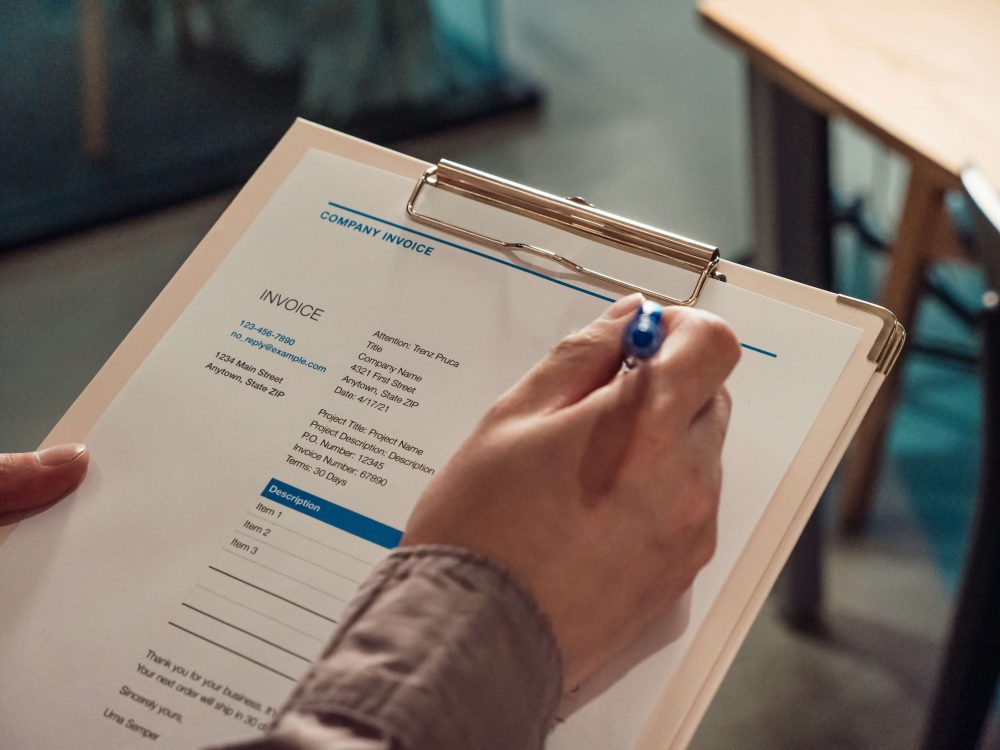Claiming Damages from Tenants & Refunding Tenant Deposit
Ensure your documentation is watertight if you need to claim damages from the tenant before refunding their deposit. This all begins before the tenancy starts.
If tenants dispute damages claimed, 99.9% of cases referred by tenants to the Rental Housing Tribunal will be lost by landlords if there are no signed ingoing inspection reports.
In a damages dispute 2 documents will be required:
- A fully signed lease (initialed on every page)
- An ingoing inspection report done together with the tenant at inception of lease recording the condition of the property before the tenant moves in, signed by both parties – tenant & landlord or agent.
The ingoing inspection report is as important as the lease agreement itself. This document, together with pictures taken at inception, is the only way to compare the condition of the property at end of lease to its condition at the start, therefore the only method of determining damage caused by the tenant (excluding Fair Wear and Tear).
But Note: pictures without signed ingoing inspection report will not suffice – signed ingoing and outgoing inspections are required in terms of the Rental Housing Act.

Big Mistake. Huge: Don’t make the mistake of doing the ingoing or outgoing inspection with an occupant if they are not the tenant on the lease (e.g. parent signed as tenant for son or daughter who is the occupant). If this is going to be necessary due to the tenant not being available make sure you get written permission from the tenant (i.e. whose name is on the lease agreement) for the occupant (or representative of tenant) to attend and sign the inspection, or if possible write it into the lease agreement at the start. And also get the tenant to sign the report.
Should I use the damages Deposit for outstanding Rent or for Damages?
If your tenant still owes you rental equivalent to or more than the deposit held, and there are also damages once they have vacated it’s wise to use the deposit on damages to help you re-let the property and earn rental income from a new tenant, and then claim for unpaid rental (summons) from the previous tenant.
Also, because claiming for rent is that much easier in the legal process (as you should only have to produce a rental invoice or statement and lease), whereas for damages you would require evidence.
“Rent is liquid and claimable purely by evidencing the rental invoice or statement, but damages, even if available on an invoice, is illiquid and will require evidence on affidavit, or even in court, to demonstrate the amount claimable, not to mention the fact that obtaining judgment will be far more difficult than obtaining judgment for rental in a court of law.”
Marlon Shevelew, rental attorney
Deducting Damages from the Deposit and Refunding the Tenant
After assessing damage with the tenant at the outgoing inspection:
If there is no new damage and no amounts still owing to the landlord by the Tenant (e.g. utilities or any other unpaid amount) then the Landlord/Agent must refund the full tenant’s deposit plus any interest within 7 days after the termination of the agreement.
If there is new damage evident and recorded at the outgoing inspection, then before refunding the tenant’s deposit plus interest the Landlord/Agent can deduct the reasonable cost of repairing damage, and in this instance the balance of the damages deposit and accrued interest need to be refunded not later than 14 days of restoration of the Premises.
Note: the tenant is entitled to see invoices for all repairs undertaken.

What happens if the Tenant doesn’t attend the Outgoing Inspection?
Should the Tenant not attend the outgoing inspection the Landlord (or agents) are required to inspect the property within 7 days of date of termination of the Lease in order to assess any damage, and in this instance the Tenant’s deposit, or balance of deposit if any after deduction of damages needs to be refunded to the Tenant no later than 21 days after the Termination date.
And if the Landlord doesn’t attend the Outgoing Inspection?
If the Landlord doesn’t conduct this inspection together with the tenant it is deemed that the landlord is acknowledging that the property is in a proper state of repair – the landlord will therefore have no claim for damages and the tenant’s full deposit plus interest will have to be refunded (unless of course there is rental or utilities money owing to the landlord).